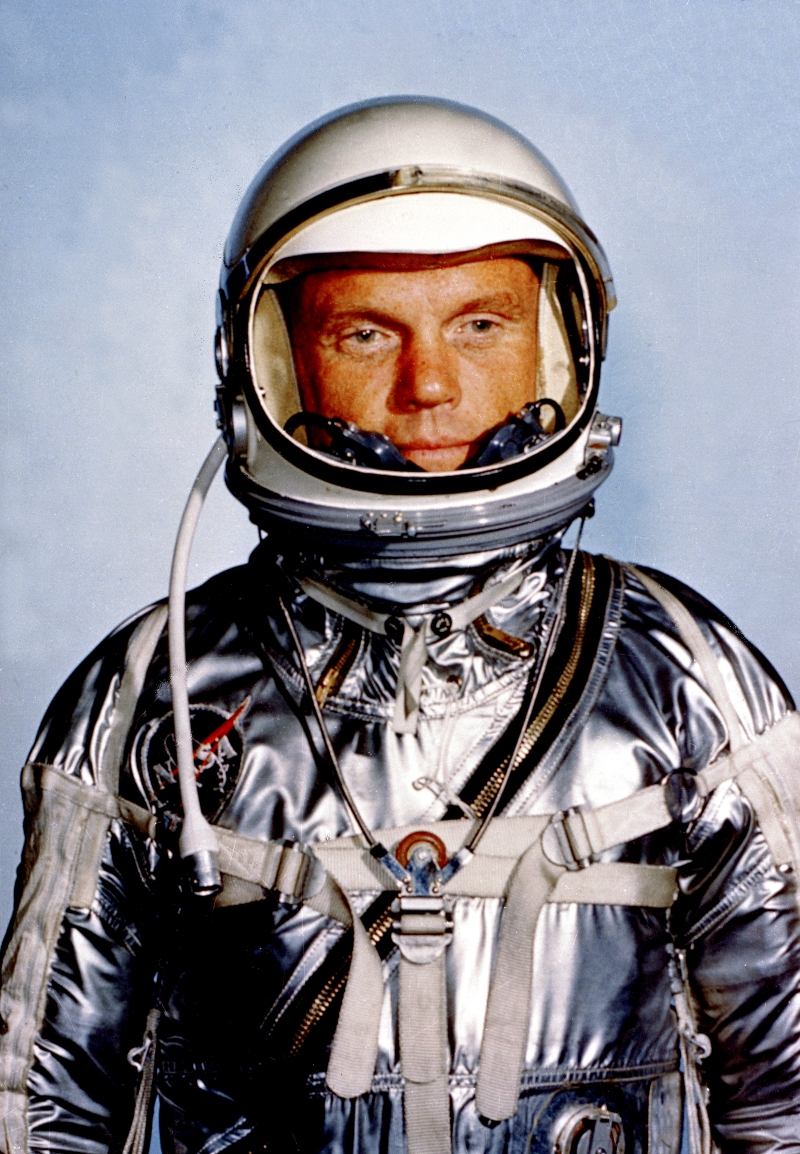Speaking of space-age undergarments, an excerpt from Rosten Woo’s Los Angeles Review of Books essay, “The Right Fit,” about Nicholas de Monchaux’s history of the Apollo spacesuit, which was a more low-tech creation than you might imagine:
“The narrative heart of Spacesuit is the story of Playtex, the women’s undergarment manufacturer. The company, known at the time as the International Latex Corporation, triumphed over the more politically connected, engineering-driven Hamilton-Standard to win the Apollo lunar space-suit contract. It plays out like an after-school special: ILC’s team, a motley group of seamstresses and engineers, led by a car mechanic and a former television repairman, manages to convince NASA to let them enter their ‘test suit’ in a closed, invitation-only competitive bid at their own expense. They spend six weeks working around the clock — at times breaking into their own offices to work 24-hour shifts — to arrive at a suit solution that starkly outperforms the two invited competitors. In open, direct competition with larger, more moneyed companies, ILC manages to produce a superior space suit by drawing on the craft-culture handiwork and expertise of seamstresses, rather than on the hard-line culture of engineering.
The ILC workshop was a hybrid endeavor: Producing new forms required new skills and habits. Space suit contract in hand, ILC now had to adapt to NASA’s engineering culture. Though ILC seamstresses were hand-making each suit to order based on the astronauts’ measurements, the rigorous specifications of the space suit took the craft to an extreme unknown even to couture: ‘Tolerances allowed for sewing — less than a sixty-fourth of an inch in only one direction from the seam — meant that yard after yard was sewn to an accuracy smaller than the sewing needle’s eye.’ Modified treadles allowed the workers to punch a single stitch with each footfall. To curb the use of pins (just one of these misplaced in a suit’s lining could render an entire suit useless), numbered pin-sets had to be checked out at the beginning of each day and returned each evening as a complete set. Once each part of the suit was produced it also had to be described — made intelligible and traceable by NASA, whose bureaucracy was ill-equipped, to put it mildly, to comprehend or regulate an object like a garment. Because each suit and each component of each suit was designed for a specific astronaut, mountains of paperwork followed. Every alteration to the suit required NASA to register the garment as a new object, a complication worthy of a Borges story.
Yet the suits, de Monchaux says, were never actually constructed according to engineering drawings. The drawings were always descriptive, not prescriptive: produced after the fact. To fit into NASA’s engineering system, ILC had to essentially reverse-engineer construction documents of each space suit after they had already been produced. This seemingly small detail points to the vast blind spots across different cultures of making and knowing, and de Monchaux happily points out the appealing irony: The very image of NASA’s technical triumph, the most iconic image of the space race, is in fact a ‘throwback’ — more craftwork than Kraftwerk.”
Tags: Nicholas de Monchaux, Rosten Woo

